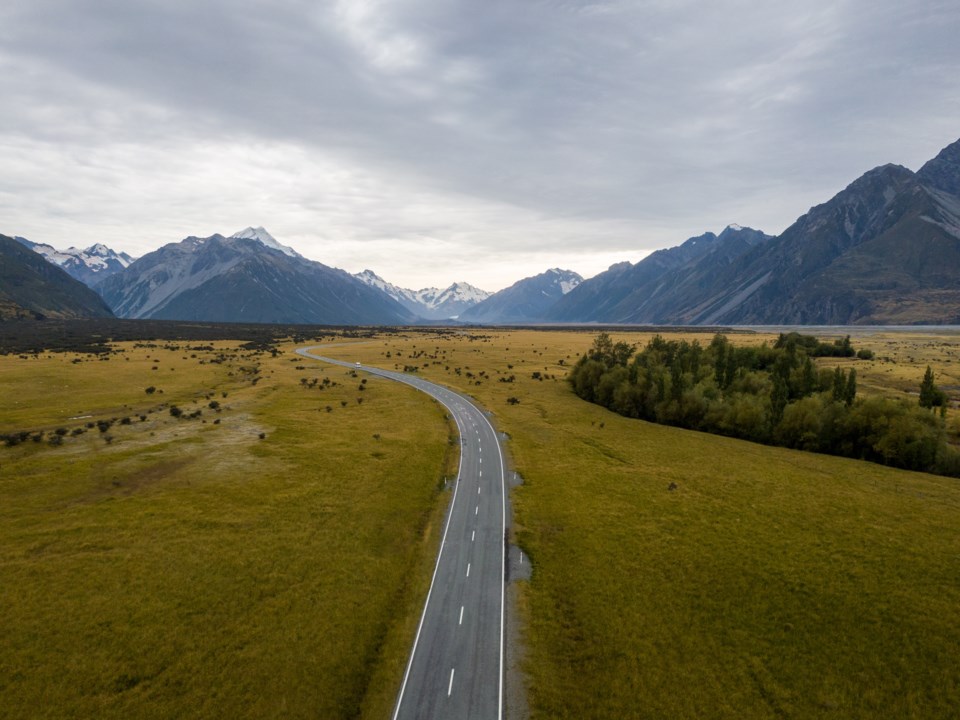NEWS RELEASE
DENVER REGIONAL COUNCIL OF GOVERNMENTS
*************************
On Wednesday, Sept. 21, the Denver Regional Council of Governments (DRCOG) adopted amendments to the region’s long range transportation plan to comply with a new state rule to reduce greenhouse gas emissions from transportation. In a separate action, the Board of Directors allocated more than $206 million to transportation projects that improve multimodal mobility, reduce crashes and address the region’s significant air quality issues. When combined with other local funds, the total value of these improvements tops $270 million. This allocation is just one of multiple rounds of funding available through the Transportation Improvement Program (TIP) this year, and includes project awards from across the entire region, with recommendations generated by counties and communities represented on the Board.
DRCOG Board Chair Kevin Flynn, who represents Denver on the city council, expressed appreciation for the collaborative approach to both the process and decision making.
“Our Board was able to adopt this forward-looking plan after many months of diligent work by DRCOG staff on an incredibly complex challenge,” said Flynn. “The slate of projects meets the State of Colorado’s stringent greenhouse gas rules but more importantly, they reflect the new reality that mobility in our growing region must focus on transit and active modes that allow people to move around without automobiles. The health of our region depends on it.”
While the plan looks out to the year 2050, the approved projects represent an immediate step towards meeting the desired outcomes and are representative of plan priorities. Each project was selected for funding based on how they help the region improve and expand its multimodal transportation system, improve air quality and improve safety. In all, these projects will provide significant benefits for all corners of the region. Highlights include:
- Approximately 60 miles of bicycle/pedestrian facilities will be built
- 41 projects will improve connections to transit
- 36 projects will advance “Complete Streets” improvements to provide additional bicycle, pedestrian, and transit system facilities and connections
- More than 36 intersections will be improved for better operations for vehicles and transit services
- 74 percent of projects are on the DRCOG High-Injury Network to make the transportation system safer
Funds were available through the federal Congestion Mitigation and Air Quality (CMAQ), Transportation Alternatives (TA) and Carbon Reduction Program as well as the state Multimodal Transportation and Mitigation Options Fund program.
*************************



